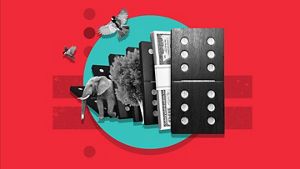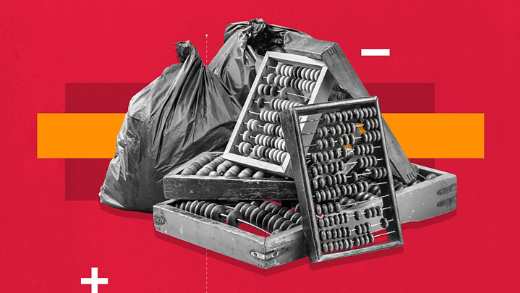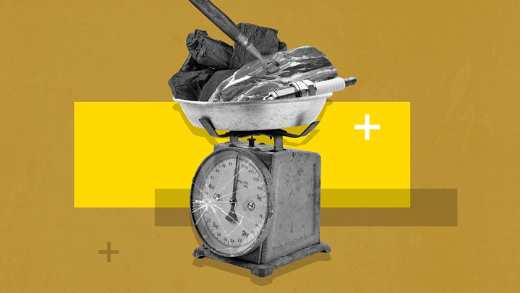The US economy is enjoying its third longest span of uninterrupted growth since records began. While some argue it is a matter of time until the next recession arrives, the alarm bells are not ringing just yet.
In July, the US will enter its tenth successive year of economic expansion, a record only bettered twice – in the 1960s and 1990s.
Given that would be close to double the 58 months average duration of the other 11 economic expansions since World War II, it is little wonder some doubt the durability of the current cycle.1
However, recessions happen for a reason, not because they are ‘overdue’. Aside from events that are hard to anticipate, such as trade wars and more serious conflicts, downturns are usually attributed to some kind of policy ‘mistake’. While theoretically the Federal Reserve (Fed) could raise rates too quickly or slowly, the former seems extremely improbable while the latter is unlikely to lead to a recession in a hurry.
Although the central bank has voiced concern about frothy asset markets, subdued inflation has kept it on a cautious path. While it remains to be seen if anything changes with a new chair in place; the expectation is that Jerome Powell represents continuity with his predecessor, Janet Yellen.

Household finances are not stretched
The danger of the Fed suddenly becoming aggressive seems remote. After all, it would take a significant hike in rates to tip the economy into recession. Debt-to-GDP levels do not yet look excessive, especially within the household sector, which accounts for around 70 per cent of the economy. As figure 1 shows, household debt relative to disposable income fell sharply as the financial crisis hit, and has since remained well below pre-crisis peaks.
Household finances are in even better shape when considering the cost of servicing debt thanks to low interest rates. As figure 2 shows, the cost to households of servicing debt is at its lowest level since 1980 as a percentage of disposable income.
Although we know from 2008 that when households have a balance sheet problem it presents a major problem for the economy, it is important to look at all forms of debt combined. At first glance the picture appears concerning due to a surge in debt issued both by the federal government and, more importantly, the non-financial corporate sector.
However, much of the expansion in corporate debt has been the result of companies engaging in financial engineering; in many instances locking in low rates of interest long into the future. In a recent paper, the Fed noted that if rates increased in line with its own expectations, there would be limited risks in the ability of the US corporate sector to cover interest payments on the roughly $7 trillion of debt currently outstanding.2 In other words, it seems the planned increases in interest rates would be insufficient to tip the economy into recession.
We believe rates would need to rise much more quickly over the next couple of years, maybe by 300 basis points or more, for that to happen. While forecasters with more extreme views on growth and inflation believe hikes of this magnitude may be needed, they are in the minority.

Risky business
The more likely route to recession appears to be that the Fed is too slow in applying the brakes and suddenly has to slam them on. There are signs of excessive risk-taking in several asset markets – including pockets of the corporate debt market – and these imbalances could eventually get out of control. Lenders recently expressed concern about the amount of covenant-lite debt following a surge in issuance in recent years.3 High leverage within commercial real estate is another concern given the sector’s historical role in signaling turning points in the credit cycle.
As for other potential paths to recession, a global trade war remains a concern. While Donald Trump could withdraw the country from the North American Free Trade Agreement (NAFTA), such a move would be unlikely to trigger a recession, even if it would wreak significant damage across the region. It is far more worrying Trump looks to be on a collision course with Beijing as he attempts to crack down on imports from China to fulfill his protectionist promises to rust-belt voters.
Having recently slapped tariffs on solar panels and washing machines, the US administration looks set to intensify the pressure. Some reports suggest Trump could impose broad-based trade restrictions, including tariffs on an entire class of goods like electronics, potentially sparking a full-blown trade war.
Despite the bluster and bravado emanating from the White House, Trump has thus far not caused any real damage to the US economy. That could change, of course, given his penchant for unpredictability. But it is important to recognize that whatever the external shock, or indeed even if it is a monetary policy shock, there normally needs to be some sort of balance sheet problem to cause a recession.
For that reason we see little need to worry yet about the US economic outlook, and believe the expansion should persist for a while longer. It is worth remembering the impending fiscal stimulus should provide a sizeable boost to the economy.
But there are risks investors need to be wary of beyond the next year or two. Every expansion comes to an end. When this one does, interest rates will likely be lower than they have ever been at the start of a recession. That leads to obvious concerns the Fed will have limited scope to ameliorate the path of the downturn.
References
1 The National Bureau of Economic Research
2 The potential increase in corporate debt interest rate payments from changes in the federal funds rate, Federal Reserve Finance and Economics Discussion Series Notes, November 2017
3 ‘US mid-market lenders concerned about leverage, loan docs’, Reuters, January 2018

















